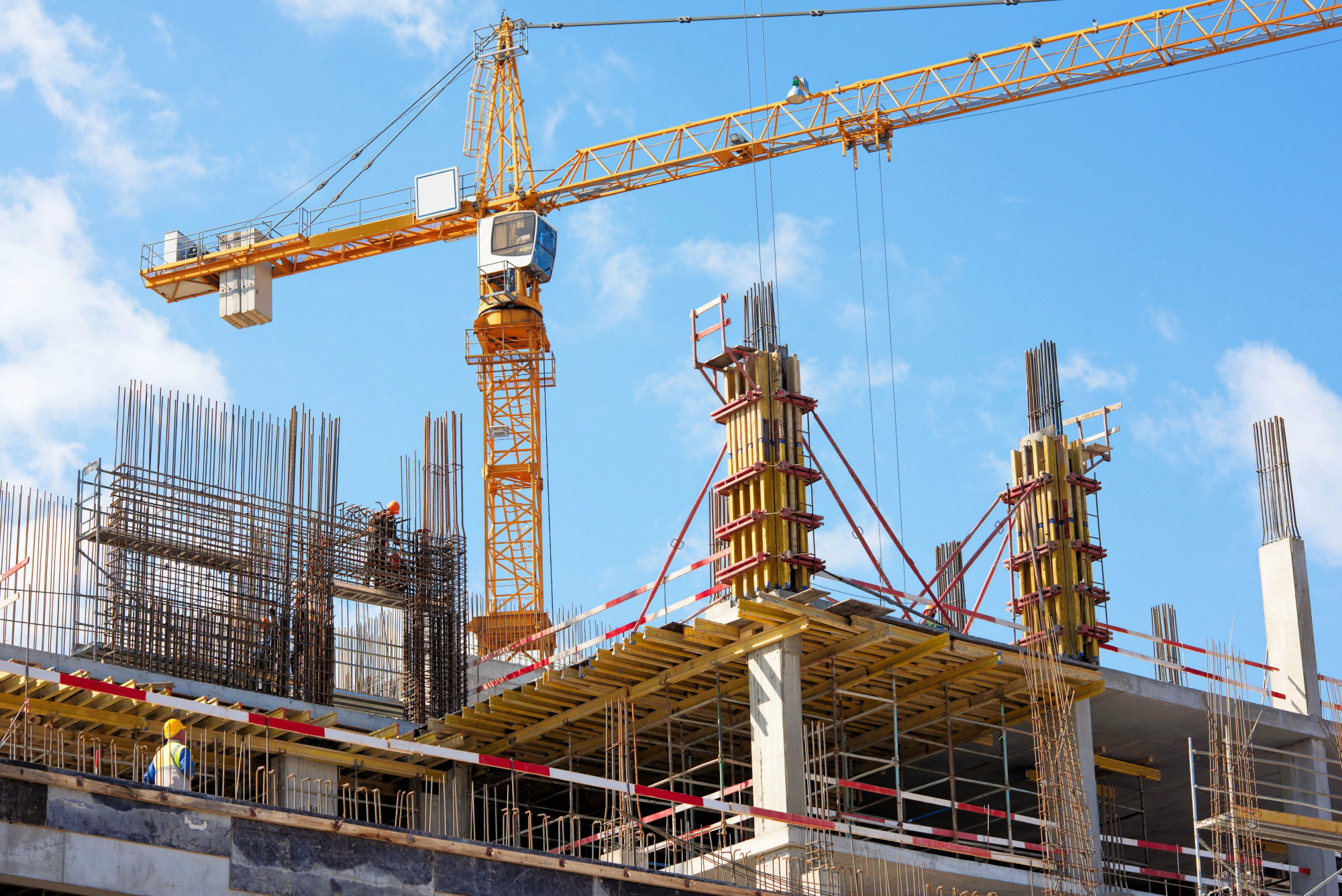Constructing a brand new home is an exhilarating journey, but it also comes with its fair share of challenges. For many individuals and families, the dream of creating a tailored space from the ground up can feel overwhelming without a clear plan. From selecting https://anotepad.com/notes/kita6hw6 to navigating licensing and funding options, every decision plays a critical role in shaping your future abode.
In this resource, we will explore the fundamental aspects of residential construction, helping you make educated choices that lead to a smooth building experience. Whether you are weighing the advantages of building a custom home versus opting for a prefabricated model, or trying to understand the details of the construction timeline, we aim to equip you with the knowledge necessary to navigate the hurdles and enjoy the journey of creating your dream home.
Building Method Guide
The path of constructing a new home is an thrilling yet complex process that involves several critical phases. It starts with thoughtful planning and design, where you articulate your vision and establish the parameters of your project. This stage is crucial as it lays the foundation for all subsequent steps, including determining a location, deciding on your budget, and selecting the right floor plan that meets your lifestyle needs. Focus to specifics during the planning phase can considerably influence the outcome of your home.

Once the design is approved, the construction phase commences. Typically, Longshaw Construction starts with site preparation and laying the foundation. From there, the framework of the house is built, followed by the setup of crucial systems such as plumbing, electrical, and HVAC. The exterior and interior finishes come next, allowing for customization features to be incorporated, such as smart home technology and energy-efficient designs. Understanding what to expect during construction can enable you remain engaged and informed throughout the process.
Finally, as the construction draws near completion, the focus shifts to fine-tuning the details. This includes the final inspections, ensuring that all aspects adheres to building codes and quality standards. Creating curb appeal through landscaping and making personal touches to the interiors are also part of this concluding stage. A carefully crafted final walkthrough checklist will help you find any last-minute adjustments needed before closing on your new home. With careful navigation through these stages, you can enjoy the fulfilling experience of moving into a space that truly reflects your aspirations.
Financial Considerations
When you starting the process of new home construction, understanding the financial aspects is crucial. Costs associated with erecting a new dwelling can differ greatly due to site, design choices, and the materials chosen. In 2025, future homeowners must expect higher prices in the realms of workforce and resources, thus necessitating the need for a clear initial budget. Meticulous planning and investigation can assist in identifying potential expenses, which helps homeowners to evade economic issues later on.
Financing options are crucial in the home building journey. Knowing how to finance building your new home necessitates investigating different financing options, such as construction loans which may have varied prerequisites in contrast to conventional mortgages. Those purchasing homes must prepare for variations in interest rates, as these could influence the final expenditure. Through obtaining pre-approval and partnering with skilled financial institutions, homeowners can streamline the financing aspect, lessening anxiety throughout the process.
Unexpected expenses are often a minefield in the home building process, making budgeting essential for unforeseen expenditures. Factors such as site preparation, utility connections, and garden design may raise total costs if not anticipated. Through detailed research and possibly seeking professional advice, builders can formulate a clearer financial roadmap, which helps guarantee their dream home doesn't turn into a financial burden.
Style and Personalization
When it comes to constructing a new home, design and personalization are essential aspects that represent your way of living and choices. Starting with the planning phase, it's essential to choose a floor plan that complements your household's needs while allowing space for future changes. Selecting the right design elements can create a cohesive flow throughout the home, making areas practical yet aesthetically pleasing. From open-concept layouts that promote social engagements to more traditional designs that offer distinct zones, the decision will significantly affect your daily life.
Taking into account the latest design styles can additionally elevate your new home. In 2025, elements such as eco-friendly materials, intelligent home technology, and versatile spaces are becoming more popular. As you consider options for your new construction, think about how these trends align with your dream for your home. Adding design elements like green solutions or spacious areas can not only contribute to aesthetic appeal but also improve functionality and lower long-term costs.
Customizing your new home gives you to inject your personality into the style. This can be done through different means, such as selecting unique fittings, investigating custom cabinetry, or even incorporating personalized landscaping. Collaborating with contractors and architects will help you find ways to customize and enhance your space without overspending. Ultimately, the goal is to create a home that not only fulfills your current needs but also acts as a representation of who you are.
